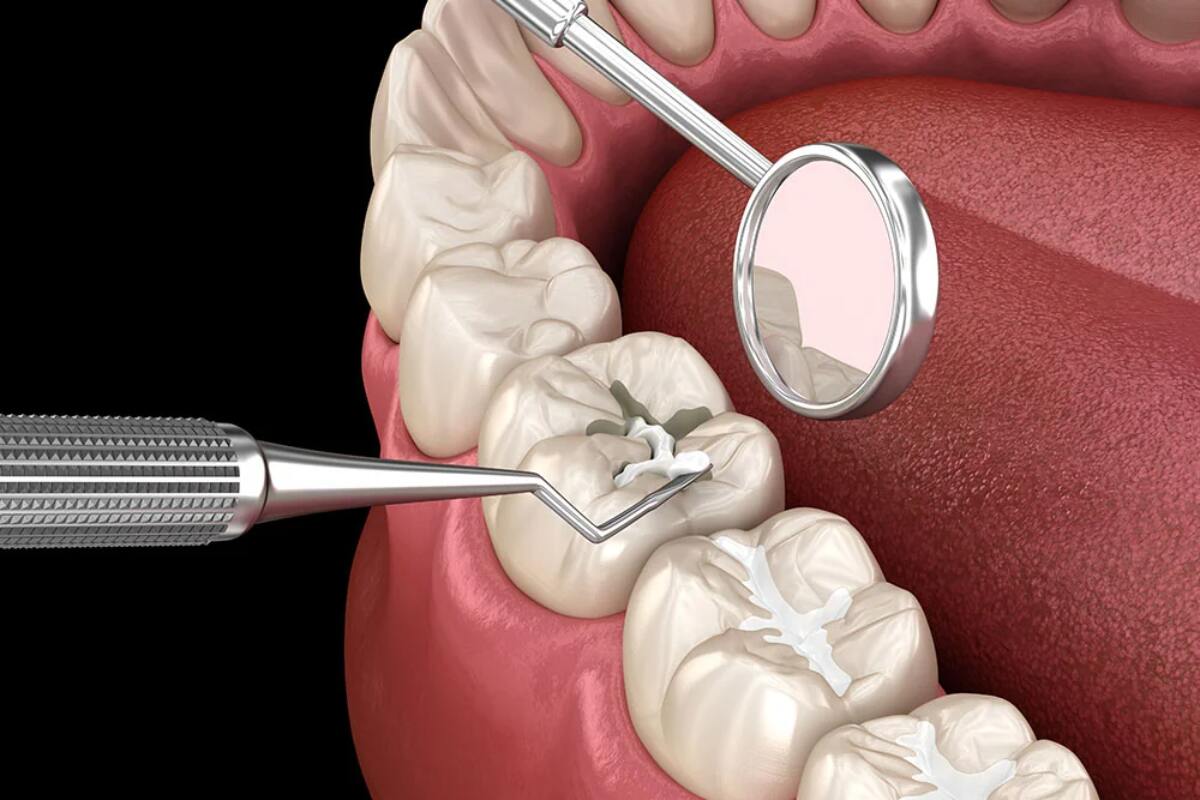Dental sealants are a smart method of safeguarding your child’s teeth against cavities. Sealants are thin, plastic layers that cover back teeth (molars) in their grooves, keeping food and bacteria out. Most parents inquire about the best age to get sealants, and knowing the most appropriate time will allow you to avoid tooth decay earlier. In this blog, we’ll explore when sealants are most effective, who should get them, and why they are a valuable part of your child’s dental care.
What Are Dental Sealants?
Sealants are a barrier that protects your child’s molars. These teeth contain deep grooves that are challenging to brush, which means that they are also a frequent site for cavities to develop. Sealants are easily and painlessly applied, and once applied, they can last for many years. For many families, the use of dental sealants in Millwoods is an easy option for increasing cavity protection.
Why Are They Important?
The surfaces of molars are irregular and catch food particles easily. Even brushing can make these areas difficult to clean, particularly for younger children. That’s where sealants fit in. They create a smooth surface that repels bacteria and plaque. If you’re asking yourself why does your child need dental sealants, it’s because they are a powerful defence against cavities during your child’s most cavity-susceptible years.
When Is the Right Time?
The best age to get sealants is typically between 6 and 14 years of age. The majority of children receive their first permanent molars at age 6 and their second set at age 12. Getting sealants soon after these teeth erupt maximizes protection in the early years, when children are more prone to getting cavities.
Are Sealants Safe for All Children?
Sealants are safe and highly advised by dental experts. Nonetheless, not all children need them. That is the reason why frequent dental checkups are necessary. Your dentist in Millwoods can inspect your child’s teeth and determine whether or not sealants are appropriate for him or her. Kids with existing cavities or badly formed molars may need a different treatment.
Who Should Get Sealants?
Parents wonder, Who needs sealants? The answer is easy: kids and teenagers are at greater risk of tooth decay, particularly in their molars. In certain situations, even adults with no fillings or decay in their back teeth can be helped. But sealants work best when put on permanent molars soon after they come in.
What If My Child Already Has Cavities?
Sealants are most effective on healthy teeth that are not already cavitated. If a tooth is slightly decayed, some dentists will still place sealants to prevent it from progressing. But if the decay is too extensive, the tooth will require filling. A quality children’s dentistry near you will assist in determining the health of your child’s teeth and recommend the most appropriate course of action.
How Long Do Sealants Last?
Sealants will last between 5 and 10 years with care. But they need to be monitored routinely during dental visits. When they chip off or wear away, your dentist may reapply them as necessary. Maintaining good oral hygiene and staying away from hard or sticky foods preserves the strength of the sealants in the long term.
Will Insurance Pay for the Cost?
In many cases, dental insurance plans cover sealants for children up to a certain age, usually 18. Since sealants are considered preventive care, they are often included in your benefits. If you’re unsure, check with your provider or ask your dentist in Millwoods for guidance on insurance and payment options.
Are There Any Side Effects?
Sealants are non-toxic and made from harmless materials and won’t cause side effects in the majority of kids. The process is easy and doesn’t hurt. Most kids won’t experience anything other than a little pressure when the material hardens. Some children may experience a minimal difference in bite for a moment or two, but this often dissipates quickly.
How Are Sealants Put On?
It is a very fast process that does not involve drilling or numbing. This is what will happen:
- The tooth is cleaned and dried by the dentist.
- A special solution is applied to the tooth to roughen the surface slightly.
- The tooth is rinsed and re-dried.
- The sealant is painted on the tooth.
- A curing light hardens the material within seconds.
Your child can eat and drink normally immediately after the appointment.
Can Sealants Replace Brushing?
No, sealants don’t replace brushing and flossing. They’re only part of a comprehensive oral hygiene regimen. Brushing two times a day, daily flossing, and routine checkups remain mandatory. Sealants cover the most susceptible areas to cavities, but good care maintains the entire mouth.
How to Talk to Your Child About Sealants
Some kids are anxious about any kind of dental procedure. Let them know that sealants are a breeze and don’t hurt. You can even tell them it’s “painting a shield” on their teeth to prevent cavities. A good experience at a children’s dentistry near you can make your kid feel more confident and relaxed throughout the appointment.
Protect Your Child’s Smile at the Right Time
If you’re a parent who is curious about the optimum time to have sealants applied, the response is: the sooner, the better—shortly after the permanent molars come in. Having sealants applied at the proper time can keep many dental problems at bay and save time and money in the long term.
At Dental Elements, we offer children’s preventive dental care. If you are searching for a reliable dentist in Millwoods, we are here to assist you. We will examine your child’s teeth and inform you if sealants are suitable.
In search of dental sealants in Millwoods or seeking guidance on timing? Come visit our children’s dentistry close to you today and provide your child with the long-term protection they need.

